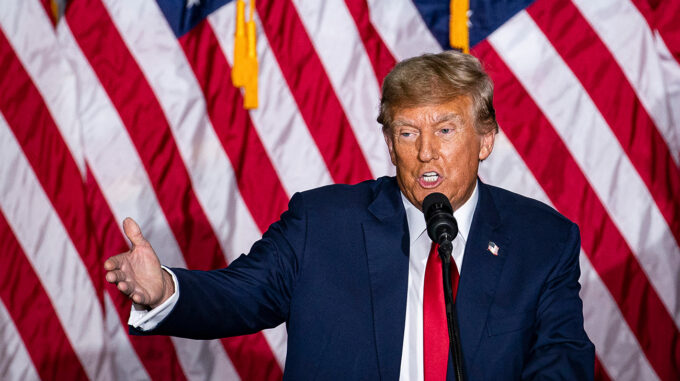US Tariff Updates: A New Chapter in Global Trade Challenges

Following extensive negotiations and postponements in international trade agreements, on Thursday, August 7, the United States officially implemented a new set of tariff measures on imported goods from numerous countries around the world.
These changes are the outcome of policies initiated by President Donald Trump, aimed at strengthening America’s stance in global trade by employing tariffs as a strategic tool.
According to official sources, the new tariffs range from 10% to 50%, depending on the country and existing trade arrangements.Key trading partners such as the European Union, Japan, and South Korea reached provisional agreements that allowed them to lower tariffs—these nations secured framework deals and reduced their base rates to around 15%.
The UK also managed to negotiate a tariff rate of 10%.
However, the biggest impact was seen on countries with tense trade relations, including India, Brazil, and Switzerland.
Switzerland, in particular, faced the inability to negotiate a reduction from the previous 39% tariff rate.
Meanwhile, Trump announced additional tariffs of 25% against India on Russian energy imports, further complicating existing trade tensions.The European Union’s reaction to these developments was mixed.
While some officials expressed disappointment and concern over the unpredictability of U.S.
trade policy, EU representatives acknowledged that the negotiated compromise was the least harmful option available, given the circumstances.Overall, the introduction of these tariffs marks a new challenge for global trade, highlighting the ongoing trade policy shift in the United States that could significantly influence global supply chains and economic growth.
More in-depth analysis and expert opinions reveal potential implications and future developments in this complex situation.

